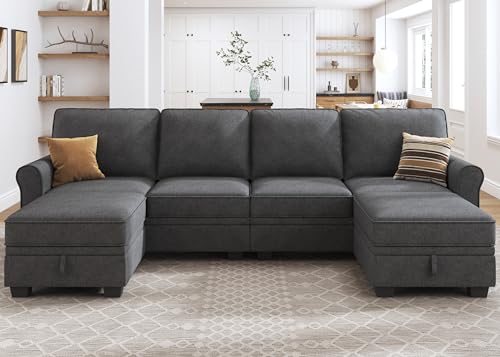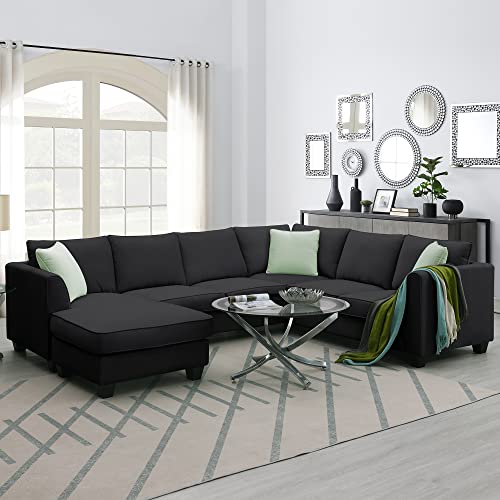Five Killer Quora Answers To What Are U Shaped Valleys
페이지 정보

본문
 What Are U Shaped Valleys?
What Are U Shaped Valleys?A U-shaped Valley is a geological formation that has steep, high sides as well as an elongated or flat valley bottom. They result from glaciation and are often filled with lakes, rivers and sand traps on golf courses kettle lakes (water hazards) and other natural features.
 Glacial erosion causes U-shaped valleys, caused by the plucking of rocks from the bottom and side of the valley. These valleys can be found in mountainous regions all over the globe.
Glacial erosion causes U-shaped valleys, caused by the plucking of rocks from the bottom and side of the valley. These valleys can be found in mountainous regions all over the globe.They are created by glaciers.
Glaciers are huge u shaped sectional bodies of ice that form and slide down mountains. When they melt they form U shaped valleys that have flat floors and steep sides. These are different from river valleys which typically have the shape of an X. Although glacial erosion can happen everywhere but these valleys tend to be more prevalent in mountainous areas. In fact, they are so distinct that you can determine if the landscape was formed by glaciers or by rivers.
The formation of a U-shaped valley starts with an existing V-shaped river valley. As the glacier erodes it, it expands into the V-shaped valley of the river, and forms an U-shaped inverted form. The ice also scratches the surface of the ground, causing the sides of the valley to have high and straight walls. This is known as glaciation and requires the use of a lot of force to scour earth this way.
As the glacier continues eroding the landscape, it also makes the valley wider and deeper. The ice is less frictional than the rocks. As the glacier moves through the valley, it causes abrasion on the rock surfaces and pulls the rocks that are weak from the valley wall in a process known as plucking. These processes help to widen, smoothen and deepen the U-shaped valley.
This process can cause a small u shaped sofa valley to 'hang over the main one. The valley may be filled with ribbon lakes, which are created when water flows through the glacier. The valley is also marked by striations, ruts, and till on the sides, as well as moraines and till on the floor.
The world is filled with U-shaped valleys. They are prevalent in mountainous regions, such as the Andes, Alps, Caucasus, Himalaya and Rocky Mountains. In the United States they are usually found in national parks. Examples include Glacier National Park and the Nant Ffrancon Valley in Wales. In some cases valleys can extend to the ocean and transform into Fjords. This is a natural process that happens when the glacier melts, and it can take hundreds of thousands of years for these valleys to be created.
The depths of the ocean are deep
u shaped sectional recliner-shaped valleys have steep sides that slop into the bottom and large, flat valley floors. They are formed in river valleys that have been filled by glaciers during the Ice Age. Glaciers erode the valley floor through abrasion and plucking which causes the valley to grow deeper and widen more evenly than a river would. These kinds of features are prevalent throughout the globe in mountainous areas which include the Andes, Alps, Himalayas, Rocky Mountains, and New Zealand.
The erosion of the glacier in the valley could transform it into a U-shaped valley by expanding and deepening it. The erosive power of the glacier can cause smaller side valleys to be left hanging above the main valley, which is often characterized by waterfalls. These are referred to as "hanging valleys" because they hang above the main valley when the glacier recedes.
These valleys are often covered in forest and may contain lakes. Some valleys are dry and used for farming, whereas others are flooded and may be visited as part of a kayaking or hiking excursion. A large number of these valleys are in Alaska, where the glacial melt is at its most intense.
Valley glaciers are massive, like river-like flows that slowly slide down mountain slopes. They can be as deep as over 1000 feet, and are the most common type of valley erosion in the alpine regions. They eat the rocks that lie at the bottom of the valley, causing depressions and holes that are filled with water. The lakes that result are narrow and long, and can be found on the peaks of certain mountains.
A glacial trough is another kind of valley. It is a U shape valley that extends out into the salt water to form the Fjord. They are found everywhere in the world including Norway, where they're called fjords. They are created by melting glaciers, and can be seen on maps of the globe. They are typically characterized by rounded sides that mimic a U shape in cross-section as well as steep sides. The walls of the troughs are typically made of granite.
The slopes are steep
A u shaped sleeper sectional-shaped valley is a geological feature with steep, high sides and a rounded base. Glaciers are the reason for many of these valleys. They are frequent in mountainous regions. This is because glaciers move slowly downhill and scour the earth. Scientists once thought that glaciers wouldn't be able to carve valleys because they were too soft. But now, we know that they are able to.
Glaciers create distinctive u-shaped valleys using the techniques of plucking and abrasion. These processes widen, steepen and deepen V-shaped valleys into an U shape by eroding. The slopes of the valley bottom are also altered. These changes occur at the front of the glacier when it moves into a valley. This is the reason why the top of u shaped sectional with chaise-shaped valleys is usually wider than the bottom.
Sometimes, U-shaped valleys may be filled with lakes. These lakes are known as kettle lakes. They form in hollows which were eroded out of the rock by the glacier or drained by moraine. The lake can be a temporary feature while the glacier melts, or remains after the glacier recedes. These lakes are usually found along with cirques.
A flat-floored Valley is a different kind of valley. It is a valley that is formed by streams that degrade the soil, but it does not have as steep of a slope as the U-shaped valley. They are usually found in mountainous regions and are more affluent than other types.
There are various types of valleys in the world. Each one has its own distinct appearance. The most popular is a V-shaped one, but there are other varieties, including U-shaped valleys as well as rift valleys. A rift valley occurs when the earth's surface is splitting apart. These are often narrow valleys that have steep sides. This is evident in the Nant Ffrancon Valley, located in Snowdonia.
They are wide
Contrary to V-shaped valleys, U-shaped valleys have broad bases. They are typically found in mountain ranges and are shaped by glaciers. Glaciers are huge blocks of snow and ice that erode the landscape as they move downhill. They erode valleys through friction and abrasion. This is referred to as scouring. The glaciers break up the landscape in a distinctive U-shaped pattern. These valleys, often referred to as U-shaped Valleys, are able to be found in a variety of places around the world.
The formation of these valleys occurs when glaciers degrade existing valleys of rivers. The glacier's slow motion and weight is able to erode the valley sides and floor and creates a distinctive U shape. This process is known as glacial erosion and has resulted in some of the most stunning landscapes on Earth.
These valleys are often referred to as glacial troughs or trough valleys. These valleys can be all over the globe, but are most often found in areas with glaciers and mountains. They can vary in dimensions from a few meters to hundreds of kilometers. They also differ in depth and length. The temperature fluctuation will be higher the deeper the valley.
A fjord or ribbon lake is formed when a U-shaped valley is filled with water. The ribbon lakes form in depressions where glaciers eroded less resistant rocks. They also can form in a valley where the glacier was stopped by a wall of moraine.
In addition to U-shaped valleys, ribbon lakes can also be filled with glacial features, such as erratics, hanging valleys and moraine dams. Erratics, which are massive boulders, are created by glaciers as the latter moves. They can be used to mark the boundaries between glaciated regions.
Hanging valleys are smaller side valleys that are left 'hanging' above the main valley that was created by the glacier. These valleys are not as deep than the main valley and they contain less ice. They are formed by tributary glaciers and are often overshadowed by waterfalls.
- 이전글It's Time To Expand Your Bandar Online Togel Options 24.09.20
- 다음글7 Simple Strategies To Totally Enjoying Your Realisticsex Doll 24.09.20
댓글목록
등록된 댓글이 없습니다.
